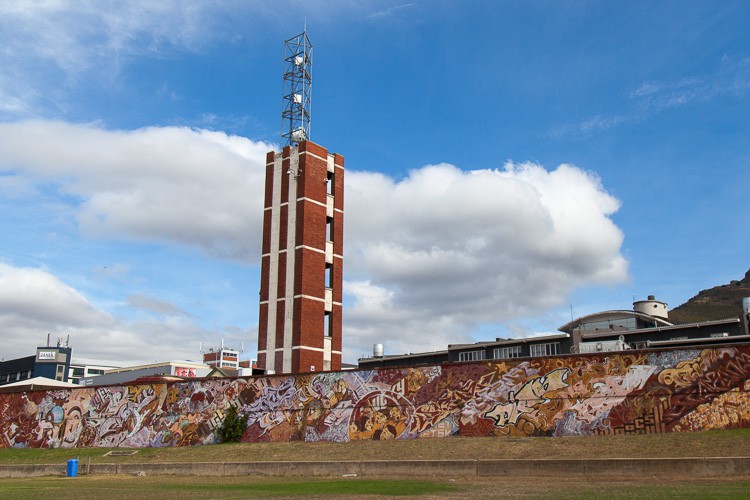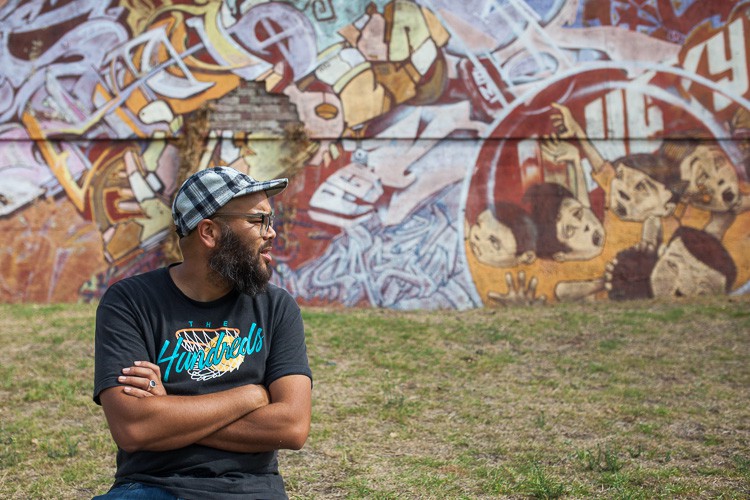
Designer and graffiti artist Quasiem Gamiet in front of the “Cape of Styles” wall in Salt River.
28 April 2017
Designer and graffiti artist Quasiem Gamiet has lived in Salt River for more than 20 years. Gamiet has been spray painting murals and other artwork across Cape Town for the past ten years. Earlier this month, Gamiet took GroundUp on a guided tour of some of Salt River’s iconic graffiti spots and talks about it’s impact on the neighbourhood.
Our tour began on the corner of Rochester and Pope Street. Gamiet says this corner was once a popular spot for spraying in the early 2000s. For years, Salt River became a hub for graffiti artists, but strict by-laws enacted in 2010 by the City of Cape Town changed this.

The corner of Rochester and Pope street in 2009. Spy vs. Spy, a graffiti piece done by Quasiem Gamiet under his graffiti name “Fers”. The wall was cleared due to the graffiti by-law. Image via Google Maps taken in 2009.
According to the by-law, any public graffiti that was created without the City’s permission will be removed. If caught, offenders could face a R15,000 fine or imprisonment.
“The City covered years of history,” says Gamiet. He says the once rundown community now attracts tourists attending art festivals like the International Public Arts Festival (IPAF), which was held in Salt River in February.
After the festival, dozens of murals were left on the walls of businesses and homes throughout Salt River. Walking tours are now run by local residents at a price of R250 per person.
“The community is strong here. But I don’t know if it can overcome gentrification,” says Gamiet who was commenting on the spike of property prices in the area. Gamiet had to sell his family home recently because he could no longer afford the increased bond payments and rates, he says.
Our tour continued on Pope Street where Gamiet stopped at a fenced-off vacant plot. “Every single wall was covered with graffiti,” says Gamiet. Pointing to a brightly coloured, floral, art piece by the artist Conform. This was created for the public arts festival. It’s a youthful and vibrant art piece, standing out in stark contrast to the bland paints of the homes surrounding it.
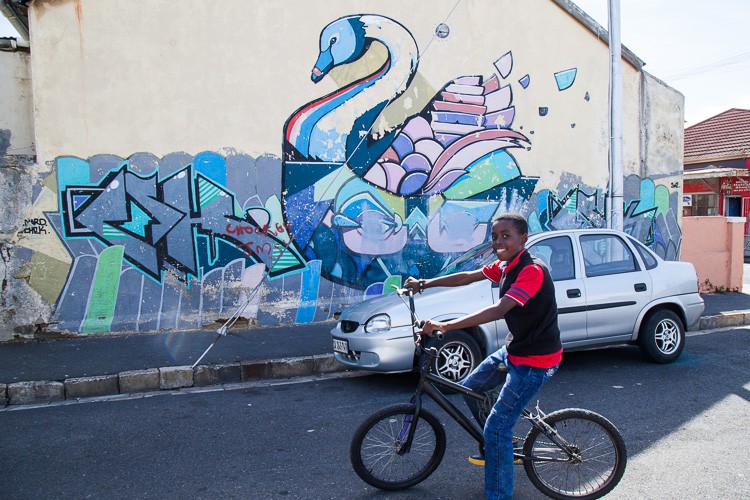
In Fenton Street, Gamiet points to a 2012 piece of a swan by graffiti artist Nardstar. He says this was part of “the golden era” of graffiti.
In and around Albert Street, gang tags like J.M.S. can be seen on dozens of walls as gangsterism and crime was rife here during the 90s.
He says that the City mostly enforced the graffiti by-law in areas like Salt River and Woodstock. While areas such as Manenberg, Hanover Park and Lavender Hill remain littered with gang affiliated graffiti.
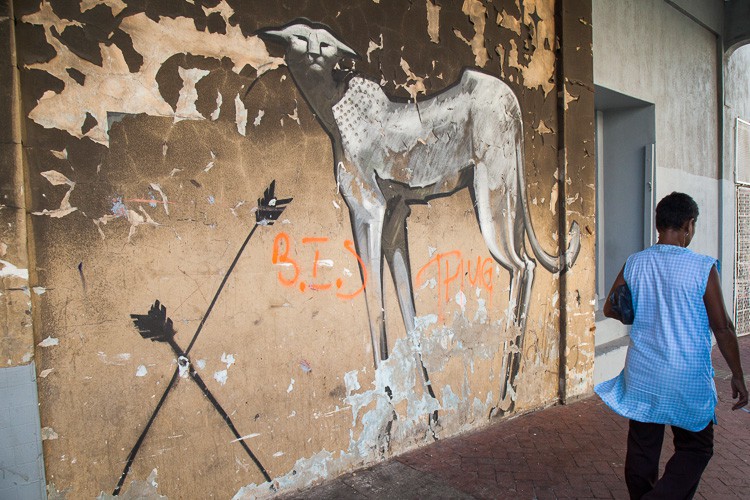
Mayoral Committee Member for Safety and Security; and Social Services, JP Smith says that “the [Graffiti] Unit regularly conducts ongoing cleaning operations across the city.” Smith says the Unit’s budget for 2017 is R1.5 million. He says the by-law may appear to be implemented more in certain areas “because it is the responsibility of the owner [and the community] to have the illegal graffiti removed.”
Gamiet’s next stop was a weathered wall in Foundry Road. He says most of the pieces have been there for over a decade.
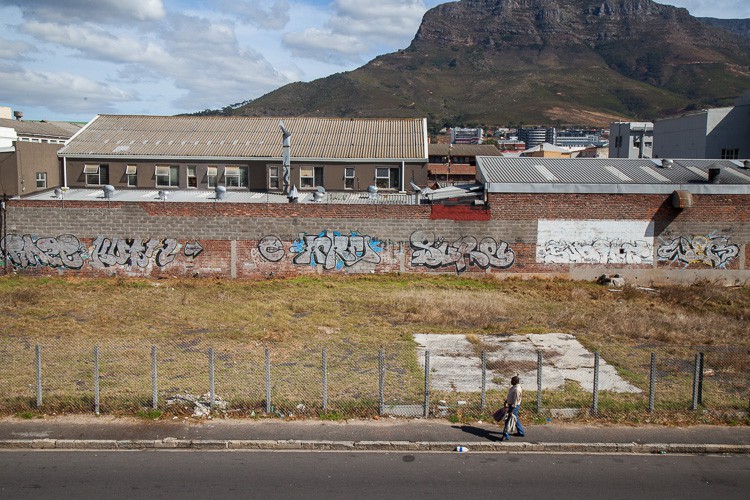
Near Victoria Road, are neat commissioned murals which Gamiet explains were created for the festival in February.
Just a few metres away is the newly revamped Pals building which has become home to a boutique kitchen store, restaurant, art studios, and a craft beer brewery. “Do you think you’re in Salt River?” says Gamiet, commenting on the how new businesses have been transforming the area.

Our tour ends in Shelley Street, which Gamiet says is “the most iconic wall in Cape Town”. Titled “the Cape of Style” the graffiti work is dated August 2005, the artwork is made up of a collection of pieces by legendary artists such as Faith47, Mak1one, Falko and Toe. This, he says, is the entire history of Cape Town graffiti.
